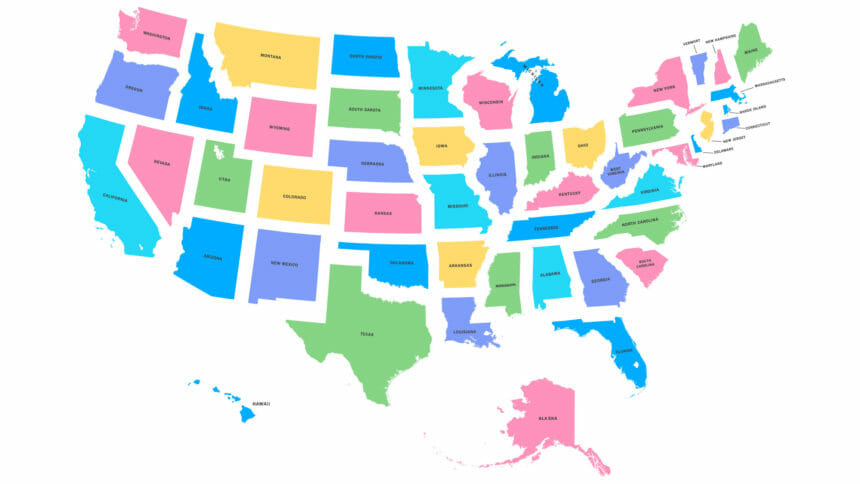
More than 20% of malpractice claims involving nurses over the past five years were brought against home healthcare workers, according to a report issued by the two major insurers.
The findings covering 2015-2019 represent the first time home health nurses have been the subject of more closed claims than adult medical-surgery speciality nurses in the CNA and NSO Nurse Professional Liability Exposure Claim Report. Gerontology nurses working in aging services facilities accounted for another 10.5% of claims.
The percentage of cases involving home health workers, including those performing hospice and palliative care services, more than doubled since the last report issued in 2015.
“This paradigm shift of patient care from the hospital to the home will likely continue as technology, such as telehealth and other virtual healthcare tools, improves and its use is adopted by third-party payors,” the report noted. “The shift does not necessarily mean that nurses working in the home care specialty are more likely to be involved in a lawsuit. Rather, it is more reflective of the overall shift in patient care locations.”
About 22% of closed claims were connected to an incident at a patient’s home, up from 12.6% in a 2015 report. Taken together with aging services facilities, those locations accounted for one-third of all claims over the five-year period.
The average total cost of a paid claim connected to an at-home issue was $210,325.
Although 56% of claims were related to treatment and care allegations, claims with other rationales were tied to outsized payouts. Those include failing to communicate health information with providers, patients or family members, with an average closed claim of $324,260; monitoring lapses, making up 7.6% of all claims, with an average payout of $265,010; working outside the scope of practice, with an average payment of $252, 531; and documentation errors, representing 2% of claims with an average payment of $238,761.
The report argued that professional liability claims citing failure to document and medication administration claims can be difficult to defend. In the case of documentation failures, they also can lead to license protection defense. In the case of medication errors, the insurers say nurses who use “work-arounds” to bypass employers’ safety procedures and policies put themselves in jeopardy.
CNA is a national insurer and published the study with the Nurses Service Organization, the largest provider of individual professional liability insurance for nursing professionals throughout the country.




